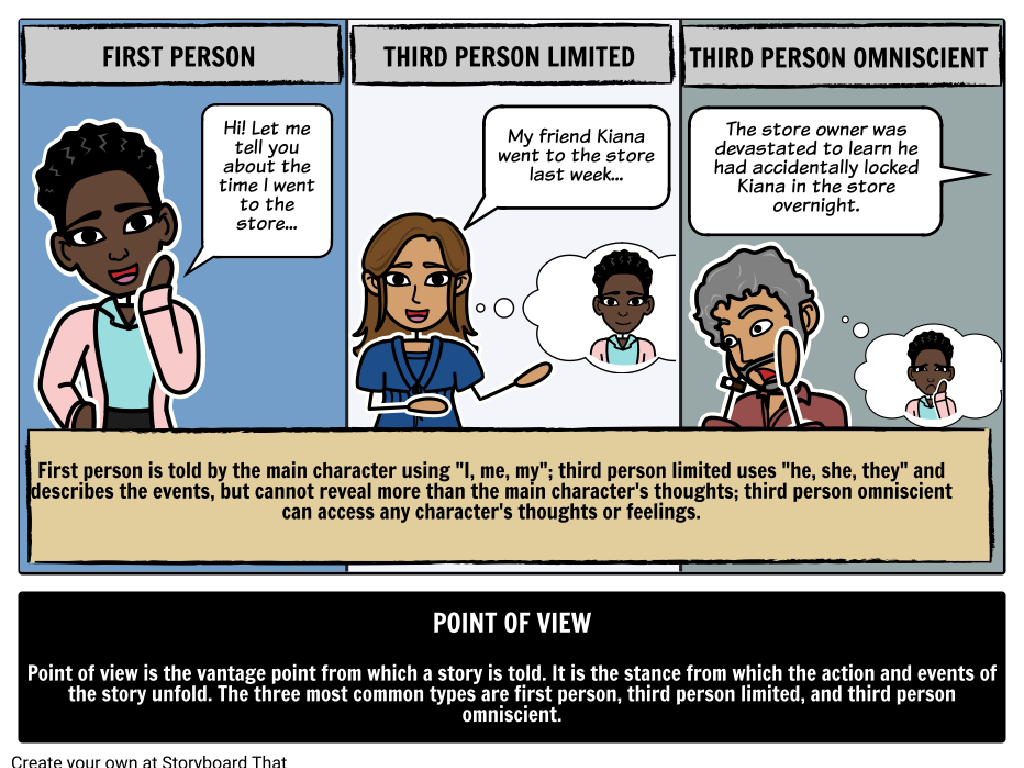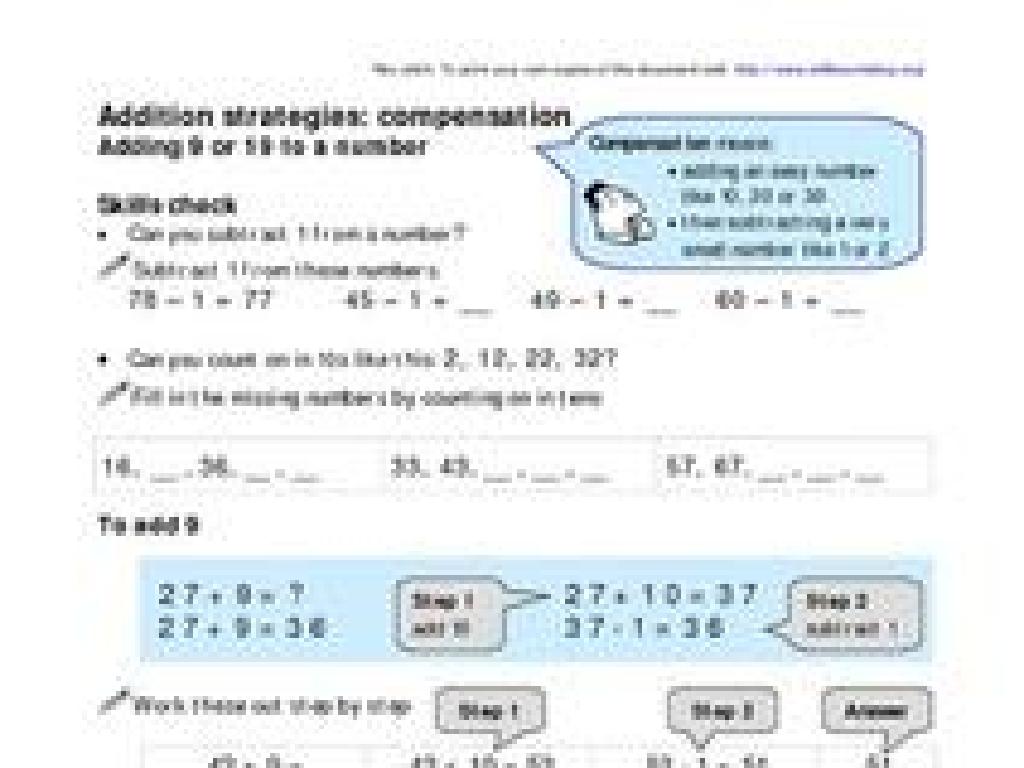Life
Subject: Arts and humanities
Grade: High school
Topic: Big History Project
Please LOG IN to download the presentation. Access is available to registered users only.
View More Content
Welcome to Big History: Life
– Big History Project intro
– Defining ‘Life’ in Big History
– Life is studied as a complex system of organized matter.
– Today’s lesson overview
– We’ll explore life’s origins and its development through time.
– Learning objectives
– Objectives: Understand life’s complexity and its place in history.
|
This slide is designed to introduce students to the Big History Project, with a focus on the concept of ‘Life’ as a key theme. Begin by explaining the Big History Project as an interdisciplinary approach that combines history, biology, chemistry, and other fields to understand the past. Then, delve into the definition of ‘Life’ within this context, emphasizing its complexity and organization. Provide a brief overview of the lesson, highlighting the journey from life’s origins to its evolution. The learning objectives should be clear: students will aim to grasp the intricacy of life and its significance in the grand narrative of Big History. Encourage students to think about life not just in biological terms, but as a phenomenon that has shaped our universe and history.
Exploring the Essence of Life
– Defining ‘Life’: Key characteristics
– Life is defined by growth, reproduction, response to stimuli, and metabolism.
– Living vs. Non-living entities
– Living things exhibit organization, energy use, and the ability to adapt.
– Spectrum of life: Micro to Macro
– From single-celled bacteria to complex multicellular organisms like humans.
– Examining diverse life forms
– Explore examples: amoebas, plants, animals, and their unique traits.
|
This slide aims to introduce students to the concept of life from a broad perspective, highlighting the characteristics that differentiate living organisms from non-living things. Emphasize the criteria for life, such as growth, reproduction, and metabolism, and discuss how even the simplest forms of life meet these criteria. Contrast these with non-living entities, focusing on the absence of life’s defining features. Provide a range of examples to illustrate the diversity of life, from microscopic bacteria to large mammals, and encourage students to consider the complexity and adaptability of different life forms. This discussion sets the stage for deeper exploration into the biology and evolution of life on Earth.
The Origin of Life: From Non-Living to Living
– Theories on life’s origin
– Primordial soup, panspermia, and hydrothermal vents are some hypotheses.
– Conditions for life’s inception
– Essential elements, energy sources, and liquid water were needed.
– Non-living to living transition
– Complex molecules formed the first simple life forms, possibly RNA-based.
– Significance in understanding life
|
This slide explores the profound mystery of how life began on Earth. Start by discussing various theories such as the primordial soup hypothesis, panspermia, and the role of hydrothermal vents. Emphasize the conditions that were necessary for life to emerge, such as the presence of essential elements like carbon and nitrogen, an energy source, and a solvent like water. Highlight the transition from non-living chemical compounds to the simplest living entities, which may have been RNA-based life forms. This topic is significant as it helps students understand the complexity and fragility of life, and its interconnectedness with the Earth’s early environment. Encourage students to reflect on the implications of these theories for our understanding of life elsewhere in the universe.
Evolution of Life: A Journey Through Time
– Understanding evolution
– Evolution explains species’ adaptation and survival over time.
– Life’s billion-year odyssey
– From single-celled organisms to complex life forms, life has been evolving for over 3.5 billion years.
– Milestones in life’s history
– Key events include the emergence of multicellular life, the Cambrian explosion, and the rise of mammals.
– Evolution’s impact on biodiversity
– Evolution has led to the rich diversity of life we see today, with millions of different species.
|
This slide introduces the concept of evolution as the central theme of life’s development on Earth. It’s crucial to convey that evolution is a gradual process that has taken place over billions of years, leading to the complex web of life we see today. Highlight major milestones such as the development of multicellular organisms, the explosion of life forms during the Cambrian period, and the transition from dinosaurs to mammals. Discuss how these events have shaped the current biodiversity. Encourage students to think about how evolution connects to various disciplines in the arts and humanities, such as the study of human societies, cultures, and languages, which have also evolved over time.
Diversity of Life: Exploring Biodiversity
– Vast array of life forms on Earth
– From microorganisms to blue whales, life’s variety is immense.
– Natural selection’s role in diversity
– Darwin’s theory explains how traits that aid survival become more common.
– Human impact on biodiversity
– Activities like deforestation and pollution threaten species diversity.
– Conservation efforts and importance
– Protecting habitats and sustainable practices help preserve our planet’s life.
|
This slide aims to introduce students to the concept of biodiversity and its importance. Start by discussing the incredible range of life forms, from the smallest bacteria to the largest mammals, and the ecosystems they inhabit. Explain how natural selection drives the diversity of species by allowing those with advantageous traits to thrive and reproduce. Highlight the negative effects of human activities on biodiversity, such as habitat destruction and climate change, and discuss the importance of conservation efforts. Encourage students to think critically about how their actions can impact the environment and the steps they can take to promote biodiversity conservation.
Life and the Cosmos: Interconnections
– Life’s interplay with the universe
– How cosmic forces like gravity and solar energy sustain life on Earth.
– Cosmic events shaping Earth’s life
– Events like asteroid impacts have drastically altered life’s course on our planet.
– Extraterrestrial life exploration
– The ongoing quest to find life on other planets, like Mars or exoplanets.
– Understanding our place in the cosmos
|
This slide explores the profound relationship between life and the cosmos. It’s crucial to convey that life on Earth is not isolated but deeply connected to cosmic phenomena. For instance, gravity keeps our atmosphere in place, and solar energy drives photosynthesis. Highlight how events such as asteroid impacts have caused mass extinctions, paving the way for new life forms to emerge. Discuss humanity’s search for life in the universe, which challenges our understanding of life’s diversity and adaptability. Encourage students to reflect on humanity’s place within the vast cosmos, fostering a sense of curiosity and wonder about the universe and our role within it.
Class Activity: Crafting Your Tree of Life
– Research various species
– Map out your ‘Tree of Life’
Use diagrams to represent species as branches on a tree
– Discuss species significance
Consider the role each species plays in its ecosystem
– Explore species interrelations
How do different species depend on each other?
|
This activity encourages students to delve into biodiversity and the interconnectedness of life. They will research different species, considering factors like habitat, role in the ecosystem, and evolutionary history. Students should be creative in mapping out their ‘Tree of Life,’ using diagrams to visually represent the connections between species. In discussing the importance of each species, prompt them to think about ecological significance, such as pollinators for plants or apex predators in food chains. Exploring interrelations, students should consider symbiotic relationships, predator-prey dynamics, and the impact of species on their environment. This activity will help students appreciate the complexity of life and the importance of conservation. Provide resources for research and examples of ‘Tree of Life’ diagrams. Encourage group discussions to foster collaborative learning.
Reflecting on Life in the Big History
– Reflect on Big History’s insights
– Think about how life has evolved and its interconnectedness
– Open floor for questions
– Discuss life’s role in the universe
– How does life’s complexity inform our understanding of the cosmos?
– Understanding our cosmic position
– We are part of a larger narrative that spans billions of years
|
This slide is meant to facilitate a reflective discussion on the concept of life as explored in the Big History Project. Encourage students to ponder the evolution of life and its intricate connections. Allow them to ask questions freely, fostering an open dialogue. Guide the conversation towards the significance of studying life to gain perspective on humanity’s place in the cosmos. Highlight that our understanding of life contributes to our knowledge of the universe and our role within it. This discussion can help students see themselves as part of a grand, ongoing story, providing a sense of belonging to something larger than life on Earth.
Wrapping Up: Life’s Tapestry & Looking Ahead
– Recap today’s key lessons
– Homework: Essay on biodiversity
– Discuss biodiversity’s role in ecosystems
– Next class: The Future of Life
– Explore predictions and possibilities
– Reflect on today’s learning
– Consider how today’s concepts connect
|
As we conclude today’s class, ensure students have a clear understanding of the key points discussed, particularly the intricate connections within ecosystems and the role of life in the broader context of the Big History Project. For homework, students should write a short essay that reflects on the importance of biodiversity, considering its impact on the environment and human life. Encourage them to use examples from the lesson and to think critically about the subject. In our next class, we will look forward to ‘The Future of Life,’ discussing how life on Earth may evolve and the challenges it may face. This will be an opportunity for students to apply their understanding of past and present life to imagine future scenarios.






